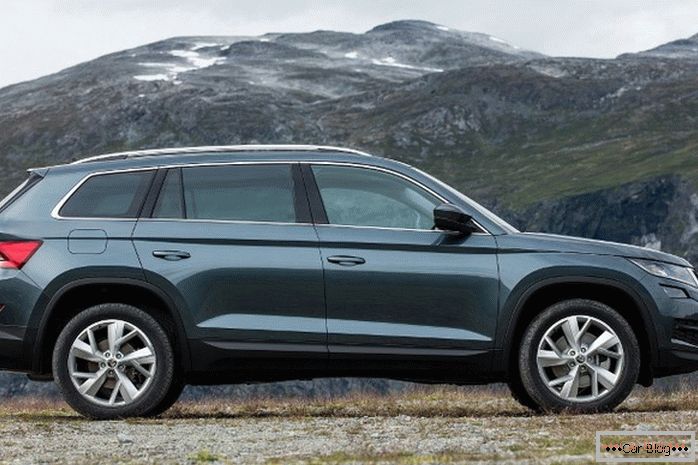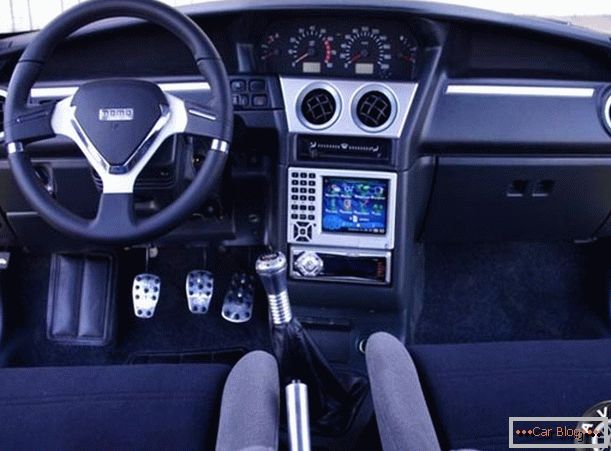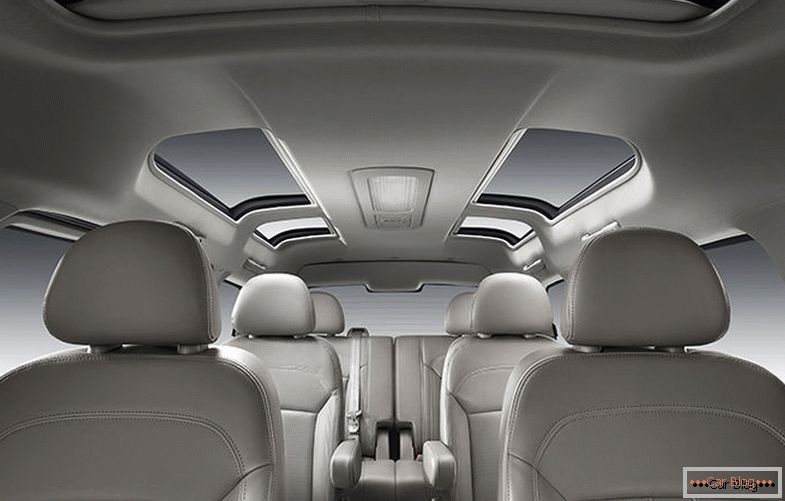Personal transport has long been transferred from the category of luxury to the urgent need, and once replanting behind the wheel of your own car, many do not understand how it was possible to do without it before. But before enjoying the ride, you need to learn how to learn to drive a car.
Someone spends months or even years on the learning process, and someone only needs a few days or weeks to feel confident in his driving skills. The difference in the result obtained does not always depend on age or gender, more often it is a matter of diligence and patience.
Content
- 1 Preliminary actions
- 2 Overcome auto fear
- 3 Preparing for the first departure
- 4 The technical part of driving
- 5 How to get under way
- 6 Rectilinear motion
- 7 Proper stop
- 8 Reversing
- 9 Conclusion
Preliminary actions
Before getting practical skills on how to drive a car, you need to become familiar with the theory. To do this, it is advisable to fully read the rules of the road, especially to pay attention to the sections relating to driver actions.
It is important to understand that not only his life and health depends on the driver’s actions, but also passengers, pedestrians and other road users.
In addition to the textbook on traffic rules, textbooks from a driving school with examples of road situations and their analysis will be useful as theoretical knowledge. It is advisable to choose later editions, which rely on current traffic regulations.
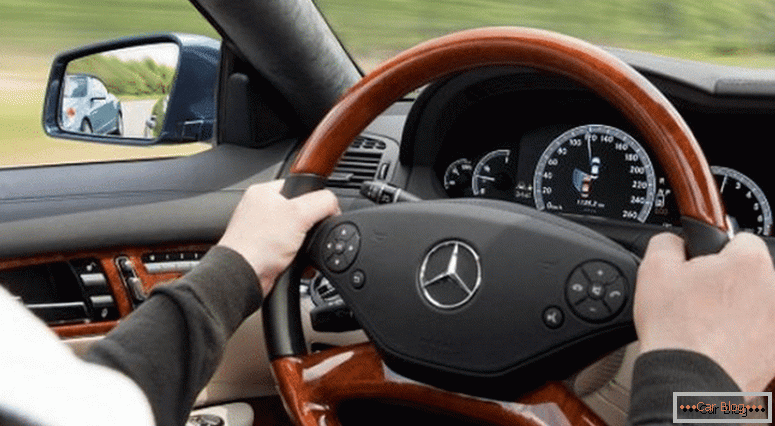
Self driving
After the theory is required to visually examine the car from the driver's seat. It is better to do this with the instruction manual, in which all levers, buttons and indicators are precisely marked, and also what to do with it and how to decipher their signals.
It should be borne in mind that before you start driving a car yourself, you must not only be able to drive a vehicle, but also completely control the traffic situation through the windshield, side and cabin mirrors. It is required to keep a distance to the nearest car., maintain a high-speed mode, monitor the presence of road signs and markings, and be ready to stop at any time in a given place.
Overcome fear auto
It is necessary to overcome the psychological barrier before driving. As a pedestrian, we feel our size, control the speed and know what to do so as not to collide with other pedestrians and how to stop. The car also happens, because the driver must feel its dimensions, speed and predict the actions of other road users.
Having got into the car, it is necessary to start the engine and re-charge a little at neutral speed. Perform this exercise should be away from crowded streets and courtyards. The first lessons should be the ability to get under way and stop. In the classroom, it is desirable to be in comfortable clothes and shoes with a thin sole. No shoes with high heels or high platform shoes should not be.
Preparing for the first departure
To learn how to drive a car well, you need to ensure your comfort and control security before you leave. Before leaving the garage or parking, it is advisable to make a habit of inspecting the car for any drips or dripping of oily liquids. If it appears regularly, then such leaks should be addressed to the service in order not to get problems in the future.
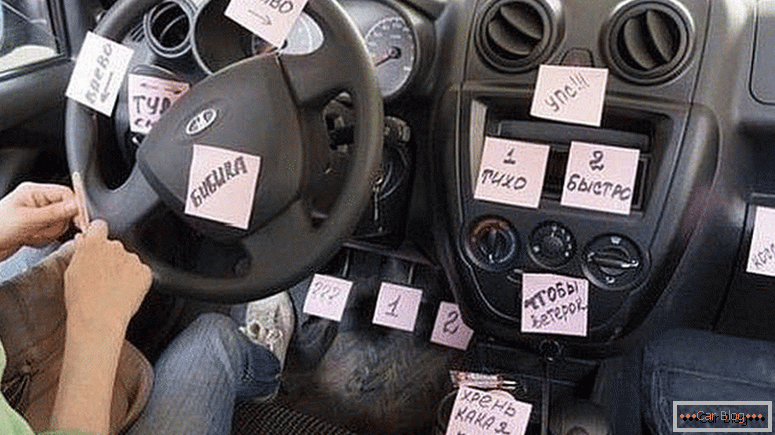
The driver must pay attention to the pressure in the tires, if the wheel is clearly lowered, then you can pump up or, after driving to the car wash, seal the puncture. It is also necessary to control the lighting devices so that there are no blown bulbs or oxidized contacts blocking the operation of headlights, “stops” or “turn signals.”
Sitting behind the wheel for the first time in the car, it is desirable to set the settings for themselves.
To do this, adjust the reach and height of the chair, the tilt of the rear-view mirrors and if there is an adjustment of the steering wheel, then apply it. Do not forget about safety, so we fasten the seat belt, as well as the passengers.
See also: How many times can you take the exam in the traffic police?Before you get under way, you should evaluate the traffic situation. and not interfere with departure for other drivers or pedestrians. It is advisable to skip cars in the same direction, if any.
The technical part of driving
The most popular problem for a novice driver with a manual transmission is the process of pulling away. In order not to be confused, it is necessary to remember a simple rule: work with your left foot only with the clutch pedal, and use the right foot for gas and brakes.
Before you can quickly learn to drive a woman or a man, you need to start the vehicle. To do this, turn the key in the ignition clockwise until the first click. This position is "1" or "ON" on foreign cars. We wait a few seconds to start the electronics, if present.
We squeeze the clutch, because in some machines it will not be possible even to turn the key without it, and turn the key to the position “2” or “START” Hold a few seconds before starting the engine and return the ignition back.
How to get under way
You can move from the place after removing from the "parking brake" and turn on the left turn signal. Squeeze the clutch, shift the gear lever to the first stage. Gently gasp, keeping the revs at 1.5-2 thousand rpm, so as not to stall the engine. Gradually release the clutch pedal. We do not look down, but we control the space in front of the car.
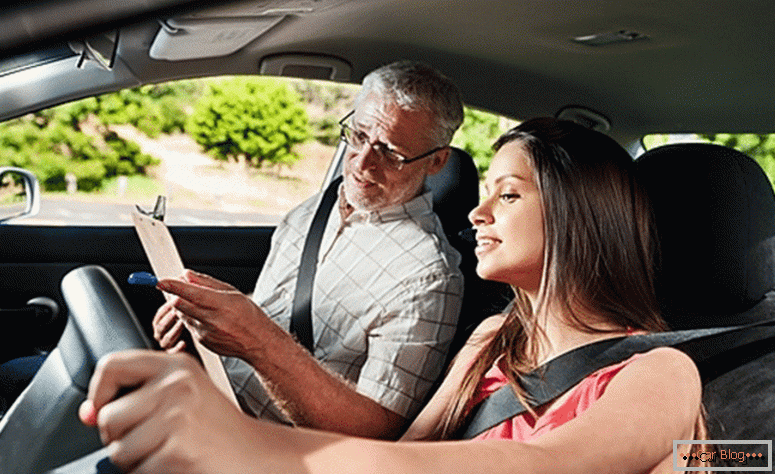
Driving with an instructor
Before each switch the position of the lever on the gearbox, you need to squeeze the clutch. For automatic boxes, it is enough to set the “D” mode and press the accelerator pedal.
You need to know that if training in a driving school was carried out on cars with automatic transmission, then the certificate will indicate the permission to drive only with automatic transmission.
Getting started is easier with a flat surface, but this is often difficult to find. In reality, you have to start with a slope down, which is easier, and with a slope "downhill." In both cases, do not panic, you just have to work out the maneuver off the street or the road.
It is more convenient to start uphill with the help of the parking brake. To do this, set the handbrake in the upper position, start the engine. At the same time, accelerate the accelerator to 2.5-3 thousand rpm, fix the leg on the gas in this position. We lower the handbrake and gently, but not slowly squeeze the clutch, while not forgetting to keep high revs for starting.
Rectilinear motion
Having learned to get under way from different positions, you can try to change gears at a gearbox. You need to focus on the speed of the car and engine speed. Often, drivers use the first gear, only to start the movement, and then almost immediately go to the second stage.
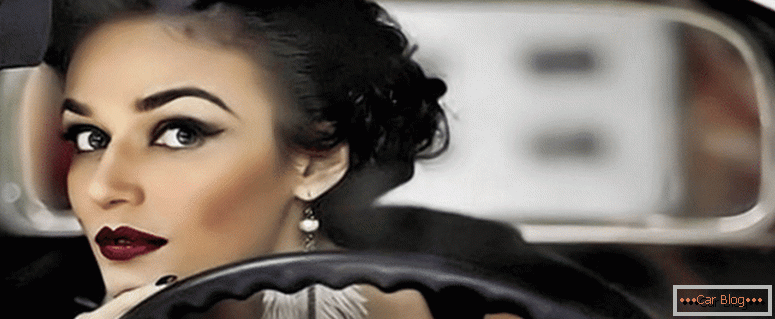
Woman driving
To do this, squeeze the clutch, add engine speed, shift the gearshift lever left-and-down, and then slowly release the clutch pedal, keeping the momentum around the 1.7-2 thousand marks, preventing them from falling sharply.
See also: How to get a driver's license of international standardRaising the speed to about 35-40 km / h, you can move to third gear. The algorithm is the same as when changing the first stage to the second. Starting from 60 km / h, you can turn on the fourth, and from 80 km / h you can easily change gears to the fifth gearbox speed. During such manipulations, the value of the tachometer can be adjusted to 2.5-3 thousand rpm.
If the road has a slope and the car did not pick up speed to overcome the rise, then it is worth moving to a lower gear. Squeezing the clutch, you can switch the lever and also smoothly return it to its original position. If possible, you should go sequentially without jumping over the steps.
Correct stop
After the driver has traveled the required distance, he needs to stop at a given place. For this operation, you need to slow down. Removing the right foot from the gas pedal, you need to move it to the middle brake pedal. At the same time, it is necessary to control the situation from behind, so as not to create an emergency situation in which you can encounter other cars.
Lowering the speed of the brake pedal, do not forget about shifting gear knob to a low or neutral gear.
A smooth stop can be ensured by simultaneously pressing the clutch and slowly depress the brake pedal. Thus, moving drivers behind will have time to perform a maneuver.
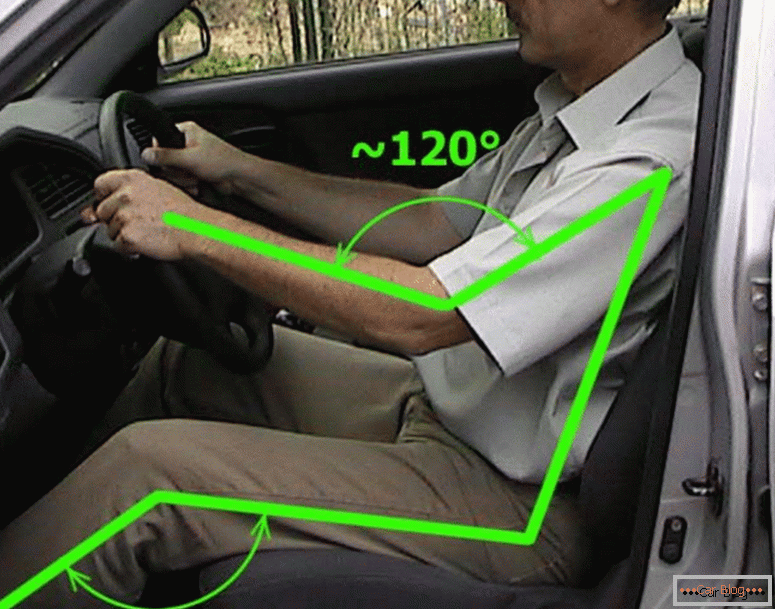
Correct landing behind the wheel
Reversing
Not everyone from the first minute is given this maneuver. For its implementation need frequent training. Need to feel the size of the car. Having switched on the reverse gear, for this purpose there is an additional ring on the gearshift knobs of modern cars, it is necessary to turn the body back. Moving "through the mirrors" is not worth it.
Having pressed the clutch, add gas to the ear to prevent the engine from stalling and release the left pedal. Sharply rotate the steering wheel is not necessary. After driving the desired distance, you can return the gear knob to the neutral position.
Conclusion
Getting a decent result will provide only constant practice. The more hours spent on driving through training on some deserted training ground, the more confident the young driver will feel in urban conditions on busy streets.
Gradually, it is necessary to increase the time of departure on urban roads in order to reduce stress and remove panic from the presence of other cars on the road. You should not choose high-speed modes, but you do not need to press close to the right side of the road. As satellites or assistants, it is better to take one on whose hints or tips you will react calmly. At first, it is advisable not to leave yourself, because two pairs of eyes are better than one, and the passenger will be able to notice or suggest something that could get away from the driver's attention on the road.
As an instructor, you should not choose spouses, it can negatively affect not only the driving. On your car, you do not need to hang extra icons, such as "kettle in the triangle" or "women's shoes." This is more annoying to other drivers than warns about something.

